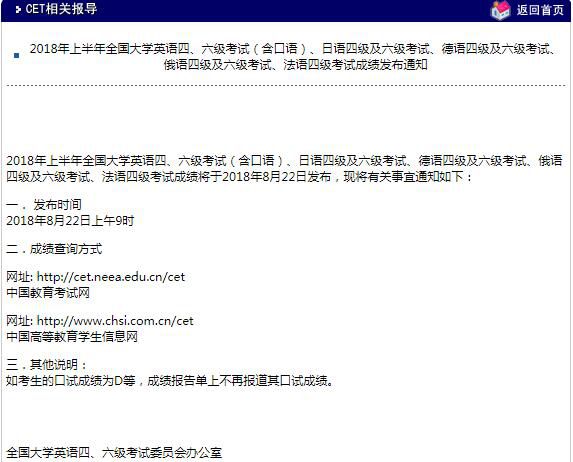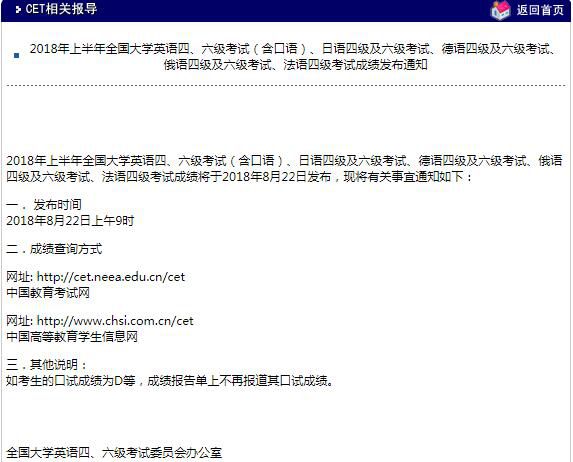|
Passage 19
In contrast to traditional analyses of minority busi-ness, the sociological analysis contends that minoritybusiness ownership is a group-level phenomenon, in thatit is largely dependent upon social-group resources for(5) its development. Specifically, this analysis indicates thatsupport networks play a critical role in starting andmaintaining minority business enterprises by providingowners with a range of assistance, from the informalencouragement of family members and friends to(10) dependable sources of labor and clientele from theowner‘s ethnic group. Such self-help networks, whichencourage and support ethnic minority entrepreneurs,consist of “primary” institutions, those closest to theindividual in shaping his or her behavior and beliefs.(15) They are characterized by the face-to-face associationand cooperation of persons united by ties of mutualconcern. They form an intermediate social level betweenthe individual and larger “secondary ” institutions basedon impersonal relationships. Primary institutions(20) comprising the support network include kinship, peer,and neighborhood or community subgroups.
A major function of self-help networks is financialsupport. Most scholars agree that minority businessowners have depended primarily on family funds and(25) ethnic community resources for investment capital .Personal savings have been accumulated, often throughfrugal living habits that require sacrifices by the entirefamily and are thus a product of long-term family finan-cial behavior. Additional loans and gifts from relatives.(30) forthcoming because of group obligation rather thannarrow investment calculation, have supplementedpersonal savings. Individual entrepreneurs do not neces-sarily rely on their kin because they cannot obtain finan-cial backing from commercial resources. They may actu-(35) ally avoid banks because they assume that commercial institutions either cannot comprehend the special needsof minority enterprise or charge unreasonably highinterest rates.
Within the larger ethnic community, rotating credit(40) associations have been used to raise capital. These asso-ciations are informal clubs of friends and other trustedmembers of the ethnic group who make regular contri-butions to a fund that is given to each contributor inrotation. One author estimates that 40 percent of New(45)York Chinatown firms established during 1900-1950utilized such associations as their initial source ofcapital. However, recent immigrants and third or fourthgenerations of older groups now employ rotating creditassociations only occasionally to raise investment funds.(50) Some groups, like Black Americans, found other meansof financial support for their entrepreneurial efforts.Thefirst Black-operated banks were created in the late nine-teenth century as depositories for dues collected fromfraternal or lodge groups, which themselves had sprung(55) from Black churches. Black banks made limited invest-ments in other Black enterprises. Irish immigrants inAmerican cities organized many building and loan asso-ciations to provide capital for home construction andpurchase. They. in turn, provided work for many Irish(60) home-building contractor firms. Other ethnic andminority groups followed similar practices in foundingethnic-directed financial institutions. 1. Based on the information in the passage. it would be LEAST likely for which of the following persons to be part of a self-help network?
(A) The entrepreneur‘s childhood friend
(B) The entrepreneur‘s aunt
(C) The entrepreneur‘s religious leader
(D) The entrepreneur‘s neighbor
(E) The entrepreneur‘s banker 2. Which of the following illustrates the working of a self-help support network, as such networks are described in the passage?
(A) A public high school offers courses in book-keeping and accounting as part of its open-enrollment adult education program.
(B) The local government in a small city sets up a program that helps teen-agers find summer jobs.
(C) A major commercial bank offers low-interest loans to experienced individuals who hope to establish their own businesses.
(D) A neighborhood-based fraternal organization develops a program of on-the-job training for its members and their friends.
(E) A community college offers country residents training programs that can lead to certification in a variety of technical trades. 3. Which of the following can be inferred from the passage about rotating credit associations?
(A) They were developed exclusively by Chinese immigrants.
(B) They accounted for a significant portion of the investment capital used by Chinese immigrants in New York in the early twentieth century.
(C) Third-generation members of an immigrant group who started businesses in the 1920‘s would have been unlikely to rely on them.
(D) They were frequently joint endeavors by members of two or three different ethnic groups.
(E) Recent immigrants still frequently turn to rotating credit associations instead of banks for investment capital. 4. The passage best supports which of the following statements?
(A) A minority entrepreneur who had no assistance from family members would not be able to start a business.
(B) Self-help networks have been effective in helping entrepreneurs primarily in the last 50 years.
(C) Minority groups have developed a range of alternatives to standard financing of business ventures.
(D) The financial institutions founded by various ethnic groups owe their success to their unique formal organization.
(E) Successful minority-owned businesses succeed primarily because of the personal strengths of their founders. 5. Which of the following best describes the organization of the second paragraph?
(A) An argument is delineated, followed by a counterargument.
(B) An assertion is made and several examples are provided to illustrate it.
(C) A situation is described and its historical background is then outlined.
(D) An example of a phenomenon is given and is then used as a basis for general conclusions.
(E) A group of parallel incidents is described and the distinctions among the incidents are then clarified.nctions among the incidents are then clarified. 6. According to the passage, once a minority-owned business is established, self-help networks contribute which of the following to that business?
(A) Information regarding possible expansion of the business into nearby communities
(B) Encouragement of a business climate that is nearly free of direct competition
(C) Opportunities for the business owner to reinvest profits in other minority-owned businesses
(D) Contact with people who are likely to be customers of the new business
(E) Contact with minority entrepreneurs who are members of other ethnic groups 7. It can be inferred from the passage that traditional analyses of minority business would be LEAST likely to do which of the following?
(A) Examine businesses primarily in their social contexts
(B) Focus on current, rather than historical, examples of business enterprises
(C) Stress common experiences of individual entrepreneurs in starting businesses
(D) Focus on the maintenance of businesses, rather than means of starting them
(E) Focus on the role of individual entrepreneurs in starting a business 8. Which of the following can be inferred from the passage about the Irish building and loan associations mentioned in the last paragraph?
(A) They were started by third-or fourth-generation immigrants.
(B) They originated as offshoots of church-related groups.
(C) They frequently helped Irish entrepreneurs to finance business not connected with construction.
(D) They contributed to the employment of many Irish construction workers.
(E) They provided assistance for construction businesses owned by members of other ethnic groups.
| 







